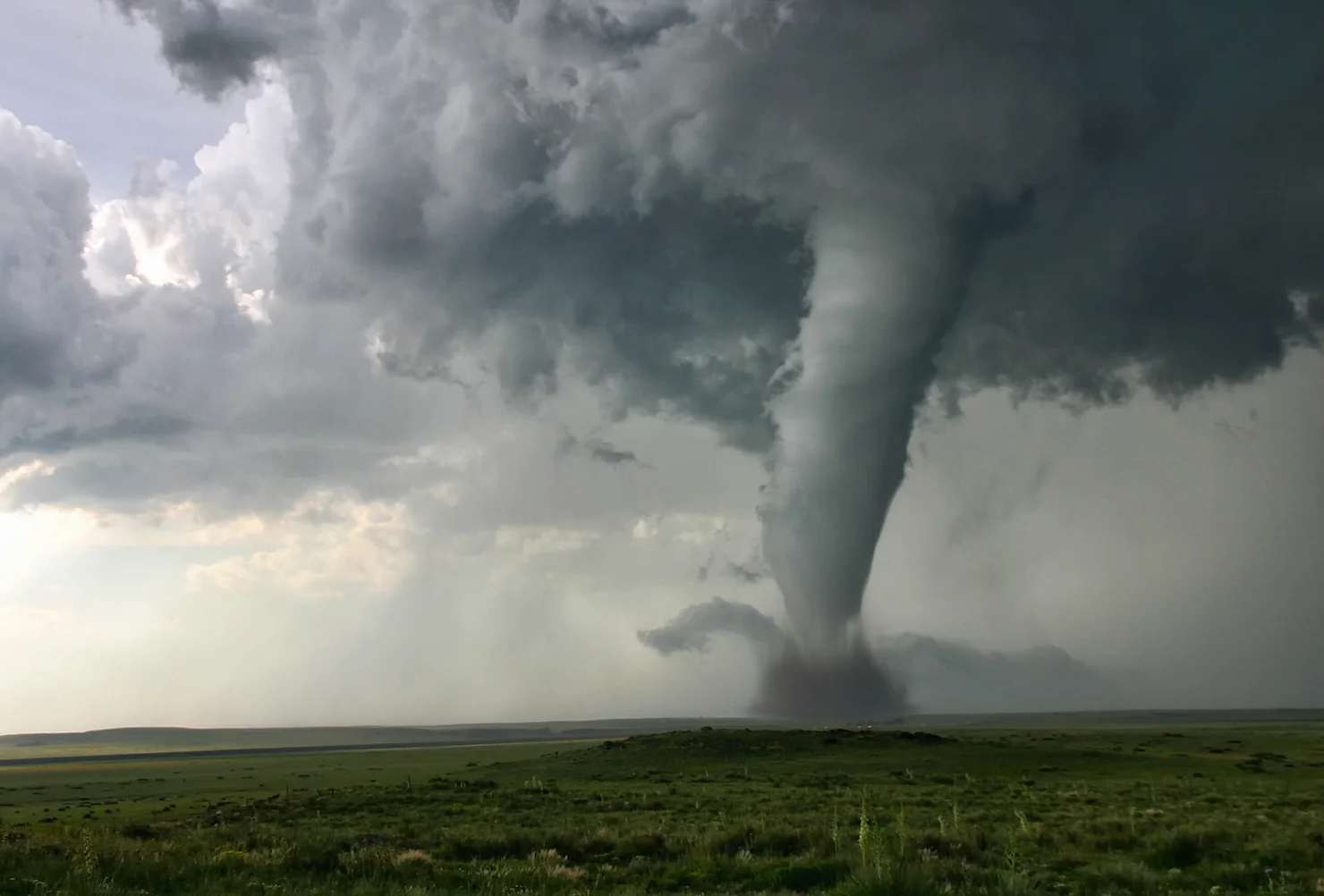
Your Official Guide to Gutter Materials
Learn about the different types of gutter materials available for your home. Choose the best one that suits your needs …

Tornadoes are notorious for their unpredictability and destructive power. They can strike without warning and leave a trail of devastation in their wake. For homeowners living in tornado-prone regions, it is paramount to prepare their homes, particularly their roofs, to withstand the ferocious winds and flying debris. This guide provides a comprehensive approach to storm preparation, focusing on the significance of roofing and other crucial steps to minimize storm damage.
Before diving into the specifics of home and roof preparation, it's crucial to comprehend the warning systems in place for tornadoes. Public alert and warning systems are designed to deliver critical and timely information about impending disasters. These include:
Staying up-to-date with the latest weather information is essential. This can be achieved through various platforms, including local radio and TV stations, the National Weather Service, or weather apps on your mobile phone.
The roof of a house is its first line of defense against severe weather conditions. Therefore, the condition and type of roofing play a critical role in storm preparation. A well-constructed and well-maintained roof can greatly reduce storm damage to your home. It's essential to conduct periodic roof inspections, especially before the tornado season, to identify and rectify any potential issues.
Roofing experts, like Lifetime Quality, can provide professional assistance in preparing your roof for the storm. They perform thorough inspections and recommend necessary repairs or replacements. By working with professionals, you can ensure maximum protection against the storm.
Alongside roofing, the overall structural integrity of your home also contributes significantly to its capacity to withstand tornadoes. Here are a few indicators that can help assess the structural soundness of your home:
If you notice any potential structural issues, it's advisable to seek professional help. Local building inspectors can provide guidance about structural safety and recommend qualified contractors to undertake necessary repair work.
The exterior of your home requires special attention during storm preparation. Here are some steps to consider:
During a tornado watch or warning, bring in any outdoor furniture, grills, or potted plants to prevent them from becoming flying debris.
An emergency kit is an essential part of storm preparation. It should be packed in a water and weather-proof container and include the following:
The emergency kit should be stored in an accessible location and checked regularly to ensure all items are in good condition and within their expiration dates.

Creating a family communication plan is an important part of storm preparation. The plan should include all work and school addresses, phone numbers of immediate family members, and contact information of any extended family living nearby. Social media contacts should also be included as they can serve as alternate communication channels if traditional communication networks are disrupted.
Having this plan laminated and accessible to all family members can help maintain contact during a storm and assist in coordinating actions post-storm.
Despite all the preparations, sometimes the safest course of action during a tornado is to evacuate. It is important to know your local evacuation routes and follow the guidance of local authorities when a tornado warning is issued.
If evacuation isn't an option and a tornado is imminent, it's crucial to seek shelter immediately. Basements, storm cellars, and small, windowless interior rooms on the lowest floor are the safest places. If these are not an option, find a small, windowless interior room on the lowest level.
To further increase safety during a tornado:
People with disabilities or functional needs may require additional preparation. Keeping a list of specific needs, limitations, capabilities, and medications handy can be helpful. Also, identifying someone who can assist during an emergency and keeping them informed about your needs is a good practice.
Immediately after a tornado, ensure the storm has fully passed by listening to weather reports on an emergency radio or TV. Assess your surroundings for any injuries and seek emergency help if required.
If your home has suffered damage, it's essential to shut off utilities and evacuate until safety inspections have been conducted. If you must stay in a damaged home, be prepared with a fire safety plan, as tornadoes can sometimes cause electrical damage leading to fires.
Your homeowners insurance policy may cover tornado damage to your home, depending on your location, coverage type, and the cause of damage. After a storm, contact your insurance company to notify them about the situation and file a claim for the damage caused to your home.
In addition to homeowners insurance, a home warranty can provide coverage for systems and appliances in your home. Companies like American Home Shield offer comprehensive home warranties that cover breakdowns due to normal wear and tear, providing an extra layer of protection for your home.
Preparing your home for tornado season, particularly focusing on roofing and storm preparation, can significantly reduce potential storm damage. It requires a systematic approach, from understanding tornado alerts and warnings to securing your home's exterior, developing a disaster kit, creating a family
communication plan, and knowing what to do during and after a tornado.
Remember, the goal of these preparations is not just to protect your property but, more importantly, to ensure the safety of you and your loved ones. With a little planning and the help of professionals like Lifetime Quality, you can weather the storm with confidence and peace of mind.